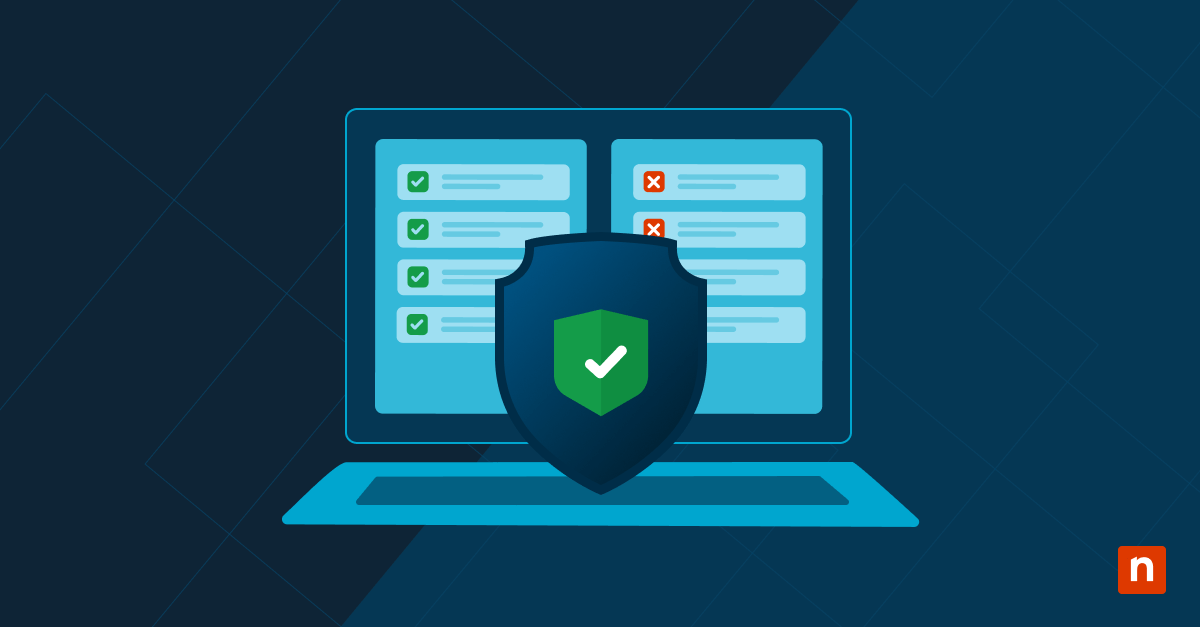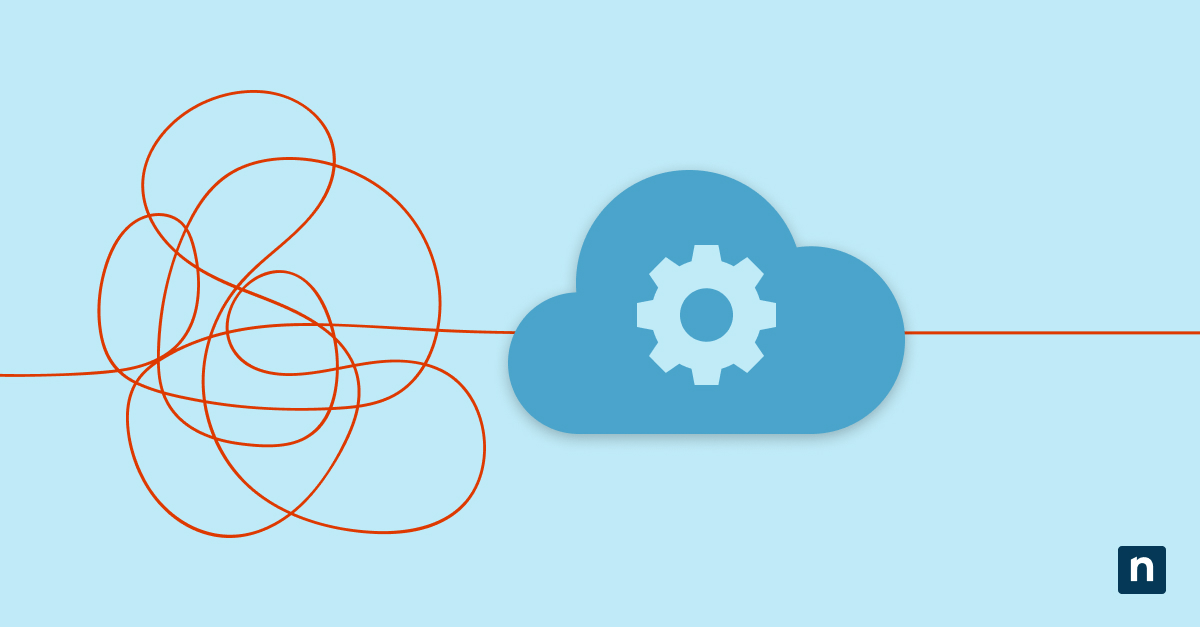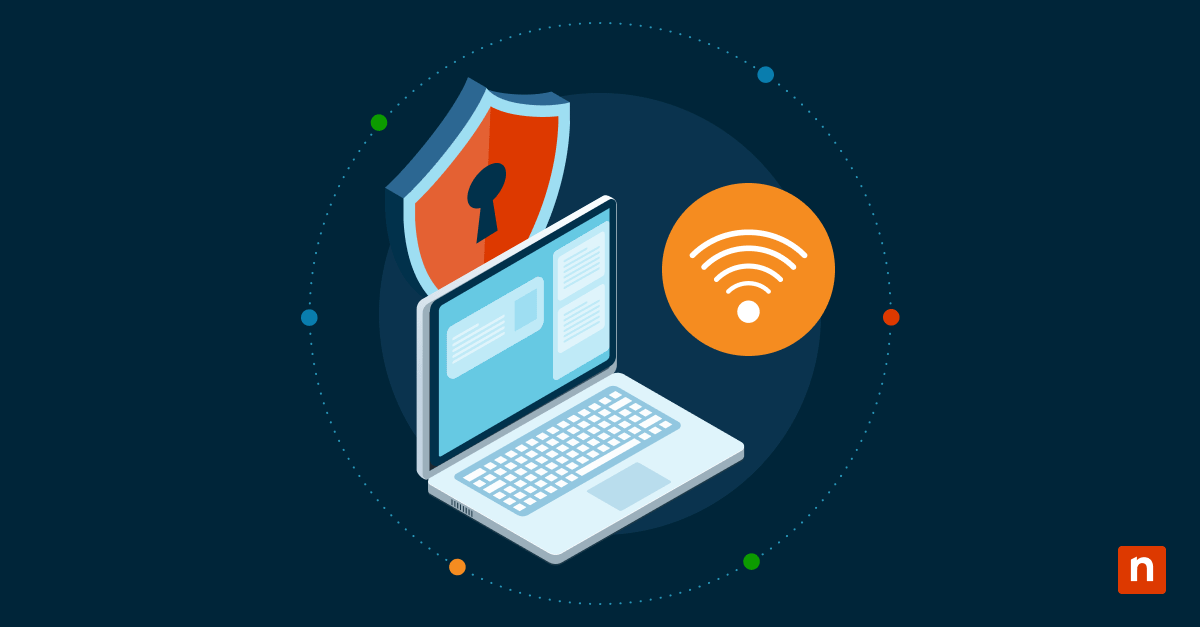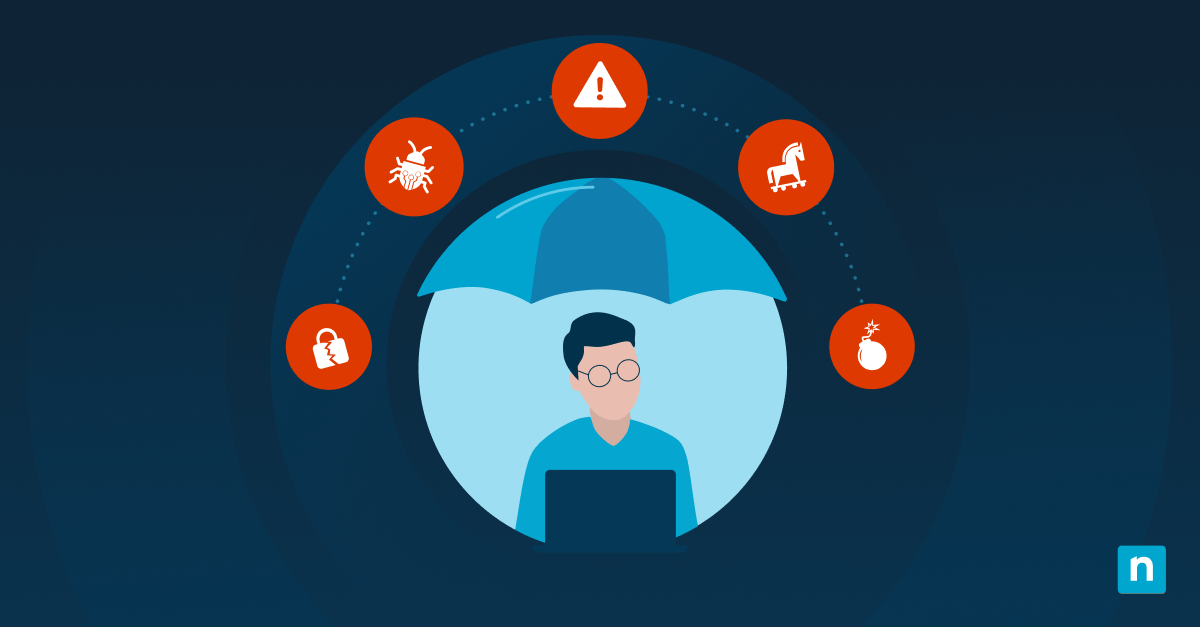When mobile devices first made their way into the workplace decades ago, mobile device management (MDM) provided device-level control and security. As mobile technology advanced, enterprise mobility management (EMM) grew out of MDM to include mobile application management (MAM), mobile content management (MCM) and identity and access management (IAM).
Today, EMM gives you a comprehensive approach to managing the various usage and security aspects of mobile devices in the workplace.
What is enterprise mobility management (EMM)?
Enterprise mobility management is a comprehensive framework to manage and secure mobile devices, applications and data used by your employees. EMM software provides tools that allow your IT department to control, monitor and support mobile devices within your organization. It addresses your need for secure access to corporate resources from mobile devices while ensuring sensitive information stays protected.
The increasing use of mobile devices for work purposes and the adoption of Bring Your Own Device (BYOD) policies have made EMM essential. BYOD policies allow employees to use their personal devices for work, introducing diverse device types and security challenges. EMM solutions help you manage this diversity by enforcing security policies, ensuring compliance and protecting your corporate data from unauthorized access and breaches.
EMM software lets your IT department distribute applications, configure settings and enforce security policies remotely. This capability helps you maintain control over mobile devices while granting employees access to the necessary tools and data to perform their tasks effectively. EMM also supports features like remote wiping and locating lost or stolen devices, adding an extra layer of security.
Key components of enterprise mobility management
Enterprise mobility management encompasses several key components that collectively provide secure and efficient use of mobile devices within your organization. These components include:
Device management
Device management is the foundation of EMM and covers the deployment, configuration and monitoring of mobile devices you use within your organization. It ensures that your devices comply with corporate policies and security standards. Your IT administrators use mobile device management (MDM) tools to enforce security measures such as password policies, encryption and remote wipe capabilities.
Application management
Mobile application management (MAM) focuses on managing and securing applications running on your mobile devices. You can control which applications can be installed and used on corporate devices.
MAM lets you enforce app-specific security policies, such as restricting data sharing between applications. It also supports the deployment of corporate apps, giving you access to the necessary tools without compromising security.
Security management
Security management includes implementing identity and access management (IAM) solutions that control how, when and where you can access corporate resources. It also includes features like multi-factor authentication (MFA), single sign-on (SSO) and role-based access control (RBAC).
Content management
Mobile content management (MCM) focuses on controlling access to and distribution of corporate data on your mobile devices. It lets your IT administrators specify which applications can access or transmit corporate data and keeps your sensitive information secure.
MCM solutions support secure document sharing, editing and collaboration so your teams can work efficiently while maintaining data security.
Enterprise mobility management for IT departments
Enterprise mobility management (EMM) equips your IT department with tools and frameworks to manage and secure mobile devices, applications, and data. EMM solutions provide a centralized platform for your IT administrators to oversee the entire mobile ecosystem, ensuring control over the devices used within your organization. This saves time, increases visibility, reduces costs, and makes your IT operations more efficient and effective.
Benefits of implementing EMM
Here are some of the benefits of EMM:
- Enhanced security: EMM includes security features such as encryption, remote wipe capabilities and MFA which protect your sensitive corporate data, even if a device is lost or stolen.
- Increased productivity: EMM gives your employees access to necessary applications and data, regardless of their location. With MAM, they can distribute and update applications remotely.
- Streamlined IT management: EMM simplifies the management of mobile devices and applications through remote configuration and policy enforcement. This reduces the need for physical intervention, saving you time and administrative overhead.
- Cost savings: By automating many IT management tasks, EMM helps you reduce operational costs. It minimizes downtime and on-site IT support costs through its remote management capabilities.
- Improved compliance: EMM provides tools to enforce security policies and monitor compliance with regulatory requirements. Features such as IAM and data encryption keep your corporate data handling within industry standards.
- Better user experience: EMM improves the user experience by providing seamless access to necessary applications and data. It simplifies onboarding with automated device enrollment and configuration, making it easier for your employees to get started.
EMM best practices
Effectively implementing enterprise mobility management requires adherence to best practices for security, efficiency and user satisfaction. Here are some EMM best practices to help you leverage EMM tools to their full potential:
Develop a comprehensive EMM policy
To develop a comprehensive EMM policy you need to define clear objectives for your strategy, including security goals, compliance requirements and productivity enhancements. Include the following in your policy:
- BYOD policies
- Data access and security protocols
- Detailed usage guidelines that cover acceptable use of mobile devices, applications and data
Regularly update and patch software
Regularly updating and patching software is important for maintaining security and performance. Use EMM tools to automate the distribution of software updates and security patches, ensure all your devices run the latest versions and reduce vulnerabilities. Continuously monitoring devices lets you stay compliant with updated policies and promptly address non-compliant devices.
Train employees on EMM policies
Conduct regular training sessions to educate employees on the importance of EMM policies, how to use the provided tools and EMM best practices for maintaining security. Provide accessible resources and ongoing support to help your employees adhere to these policies and resolve any issues they encounter.
Future trends in enterprise mobility management
Future trends in enterprise mobility management will be shaped by advancements in artificial intelligence (AI) and machine learning (ML). These technologies will enhance your predictive analytics and automation capabilities. AI and ML can improve threat detection and response times, making your EMM systems more proactive in managing security threats.
5G technology will also impact your EMM by providing faster and more reliable connectivity, enabling more seamless mobile experiences and the integration of Internet of Things (IoT) devices into your enterprise networks. The focus on Zero Trust security models will also intensify, ensuring that all your devices and users are continuously authenticated and monitored to protect against evolving cyber threats.
Mobile technology is an essential part of your business. EMM helps you balance the benefits of mobility with the need for security and compliance, ultimately supporting a more flexible and productive workforce.
Enterprise Mobility Management with NinjaOne
NinjaOne’s mobility management solution helps you support, secure, and oversee all your mobile devices in one user-friendly platform. Enhance your mobile device management, streamline operations, and ensure robust security for your organization’s mobile infrastructure. Discover how NinjaOne can transform your mobile device management today.








